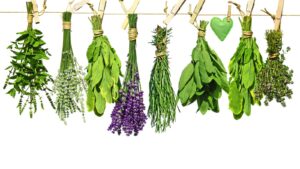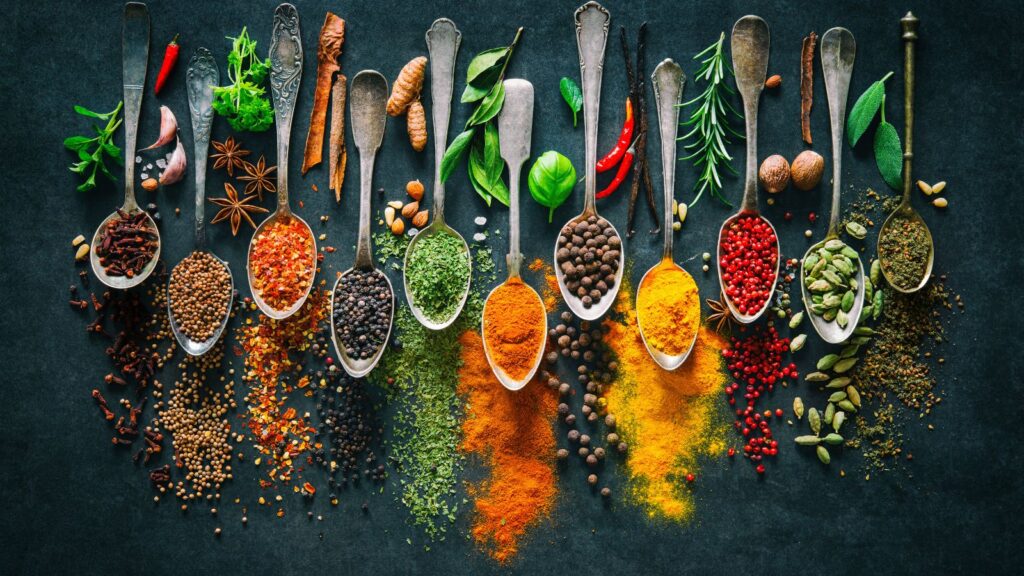Global flavors captivate taste buds with their vibrant and diverse profiles, offering a culinary journey across continents. From the spicy heat of Southeast Asian curries to the aromatic herbs of the Mediterranean, these flavors are a testament to cultural richness and culinary heritage. Each region brings unique ingredients and techniques that define its distinct taste, creating a tapestry of flavors that intrigue and delight.
In today’s interconnected world, global flavors have become more accessible, inviting food enthusiasts to explore and experiment with new tastes. Key elements such as spices, herbs, and cooking methods play a crucial role in shaping these flavors. Whether it’s the smoky essence of Middle Eastern dishes or the tangy zest of Latin American cuisine, understanding these elements helps unlock the secrets behind the world’s most beloved dishes.
What Are The Key Elements Global Flavors Are Characterized By?
 Global flavors captivate with their diversity and depth. Understanding these key elements enriches culinary experiences.
Global flavors captivate with their diversity and depth. Understanding these key elements enriches culinary experiences.
- Spices and Herbs: Integral to global flavors, spices and herbs like cardamom in Indian cuisine, lemongrass in Thai dishes, and sumac in Middle Eastern foods elevate taste and aroma.
- Cooking Techniques: Methods like slow roasting, stir-frying, and grilling define flavor profiles. For instance, Italy’s slow-cooked sauces or Japan’s delicate steaming create unique tastes.
- Fermentation: Fermented foods like Korean kimchi, Japanese miso, and European sauerkraut enhance flavors through complex biochemical processes.
- Regional Ingredients: Local produce defines each region’s cuisine. Coconut milk in Southeast Asian curries and olive oil in Mediterranean dishes exemplify this.
- Flavor Pairings: Combining contrasting flavors offers depth. Sweet and spicy pairings in Latin American dishes and umami-rich combinations in East Asian cuisine highlight this practice.
- Cultural Influence: Historical and cultural contexts shape global cuisine, with trade routes and migration spreading techniques and ingredients worldwide.
Embracing these elements allows food enthusiasts to authentically recreate and innovate global dishes.
Global Flavor Combinations
Global flavor combinations offer a tapestry of tastes that elevate culinary experiences. Combining ingredients from diverse regions creates unique, harmonious profiles. For example, the sweetness of coconut milk balances the heat of Thai chilies, while lemongrass adds a fresh citrus note. In the Mediterranean, olive oil partnered with garlic and oregano infuses dishes with a robust, earthy taste.
Asian cuisines often feature soy sauce’s umami meshed with ginger’s zing. Indian dishes use cumin and coriander to build rich layers, often accented by the tang of tamarind or the sweetness of jaggery. Caribbean flavors ingeniously marry the warmth of allspice with the tropical essence of mango.
Cross-cultural pairings offer endless possibilities for chefs and home cooks to experiment with and adapt culinary techniques. Through understanding and employing these combinations, individuals elevate their dishes, celebrating distinct global flavors while savoring international culinary traditions.
Textures and Consistencies
Exploring global flavors involves not just taste but also a sensory experience of textures and consistencies. Diverse culinary traditions around the world emphasize particular textural elements, enhancing the eating experience by offering contrast or harmony within dishes.
Asian cuisines often celebrate crisp textures. Tempura in Japan combines a light, airy batter that encases vegetables or seafood in a delicate crunch. In contrast, a smooth consistency can be observed in Indian dals, where slow-cooked lentils create a creamy texture that provides comfort and warmth.
Mediterranean dishes frequently balance textures by pairing creamy components with firm or crunchy ones. Tzatziki offers a creamy yogurt texture juxtaposed with the crunch of fresh cucumber. Likewise, Italian risottos combine creamy rice with larger, often chewy ingredients like mushrooms or seafood to create textural depth.
African cuisines showcase unique consistencies through staple ingredients like fufu, a dough-like dish made from starchy vegetables. It achieves a smooth, pliable texture ideal for scooping up hearty stews. Similarly, Ethiopian injera, a spongy flatbread, serves both as a texture element and a utensil.
Traditional Pairings
Exploring global flavors reveals a tapestry of traditional pairings that reflect cultural narratives and culinary mastery. These pairings, deeply rooted in history, offer a glimpse into how diverse regions have harnessed their unique ingredients to create dishes that resonate with both local and global palates. Whether it’s the fiery embrace of spices or the subtle dance of textures, understanding and experimenting with these key elements can transform any kitchen into a vibrant hub of international flavors.

